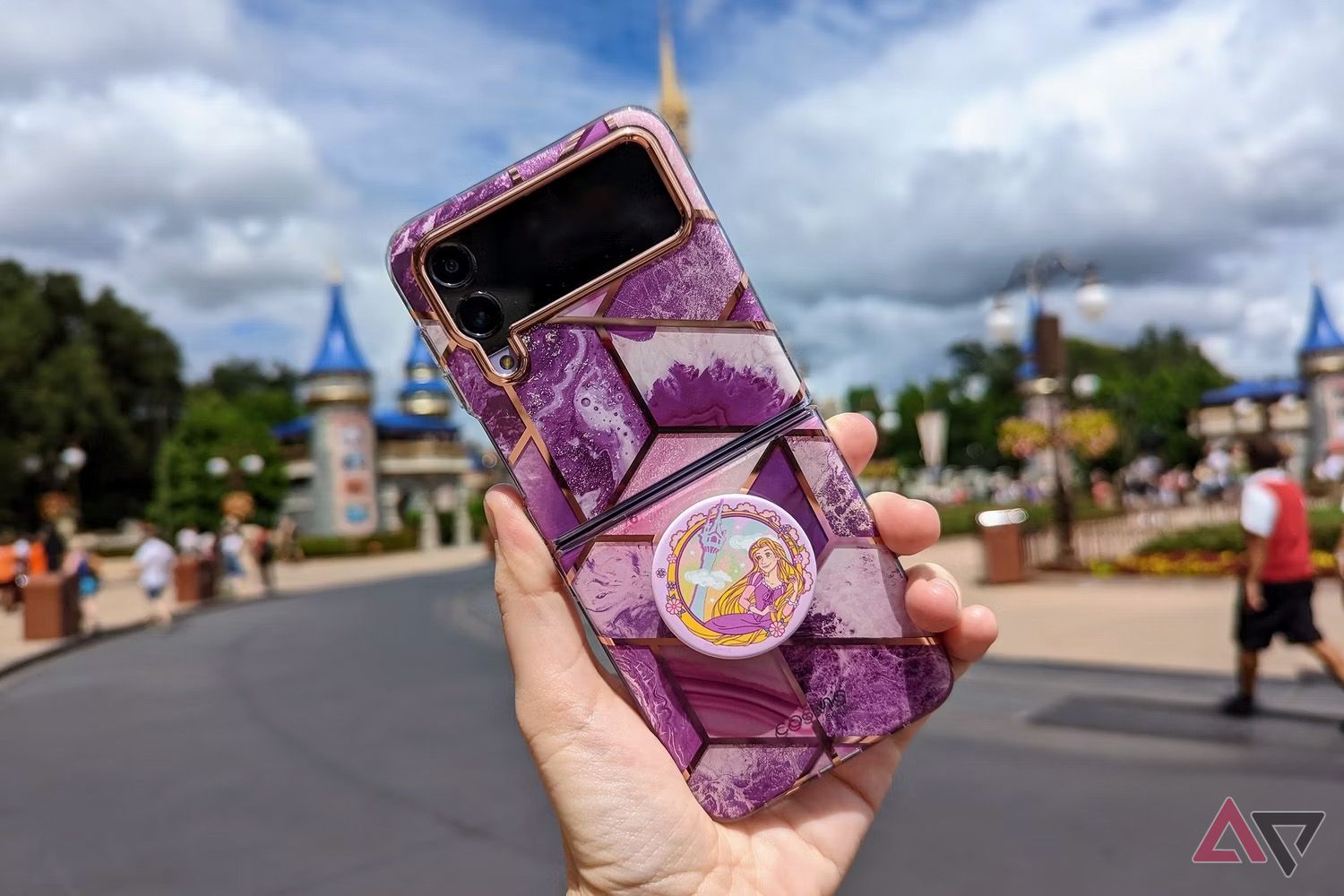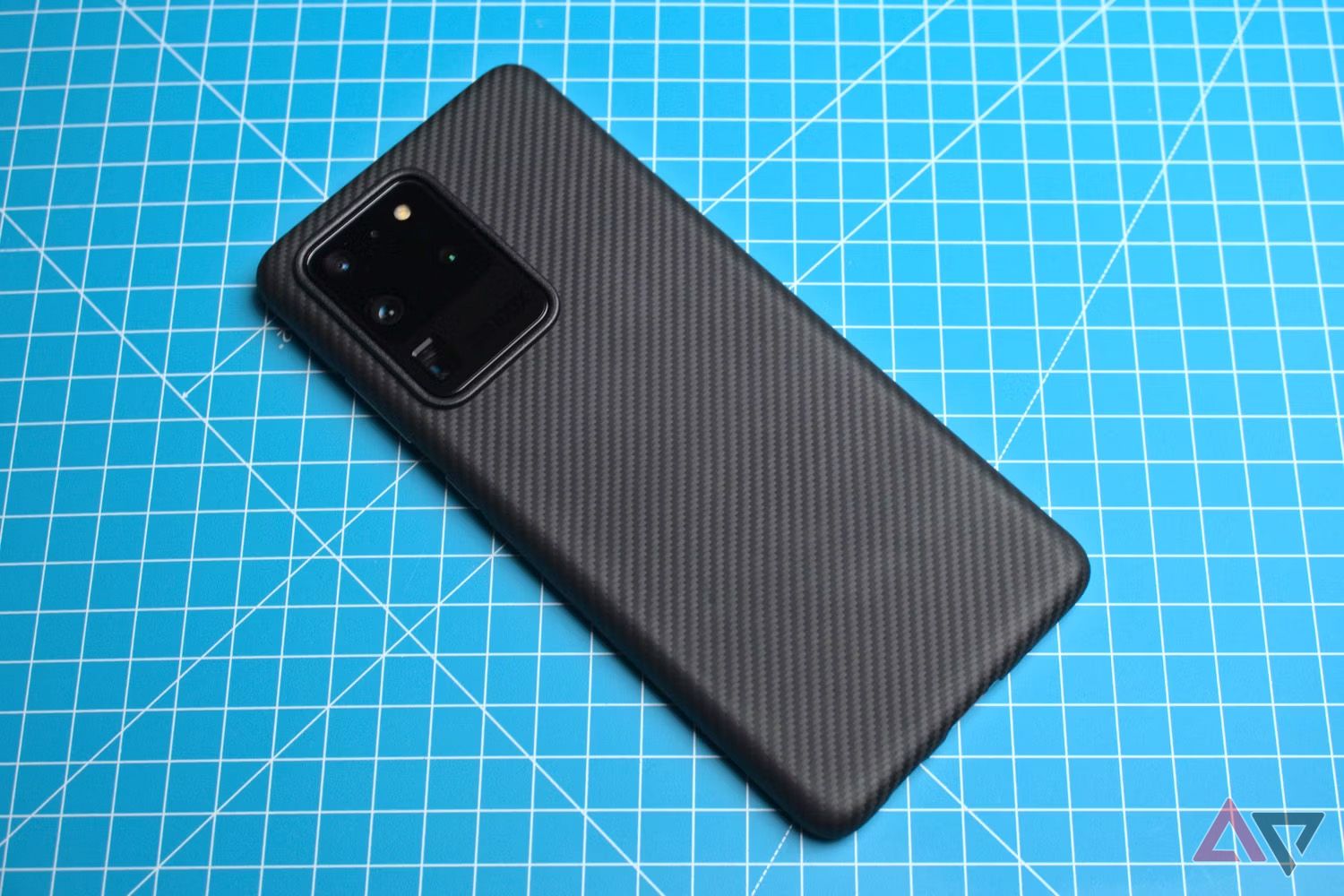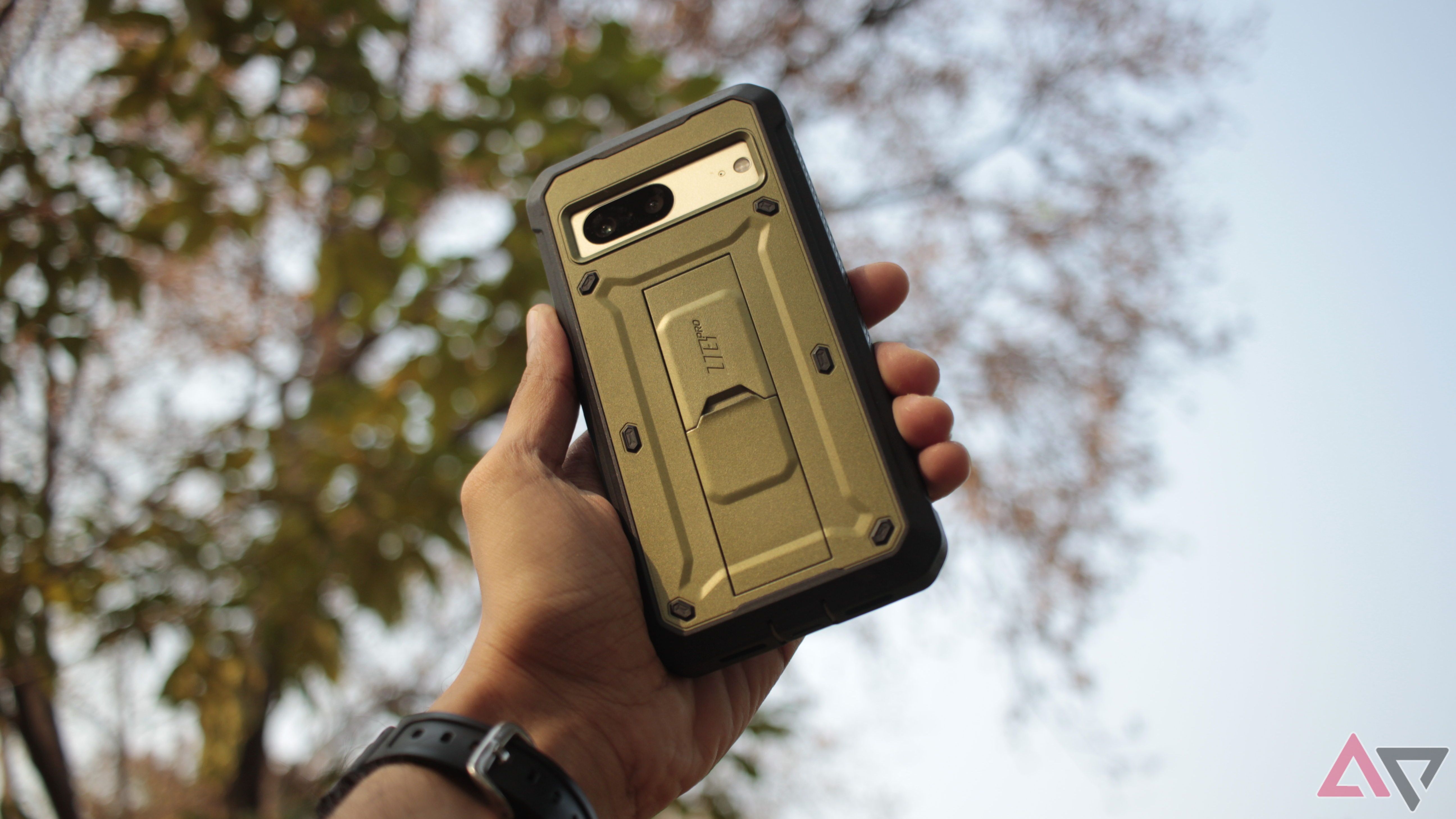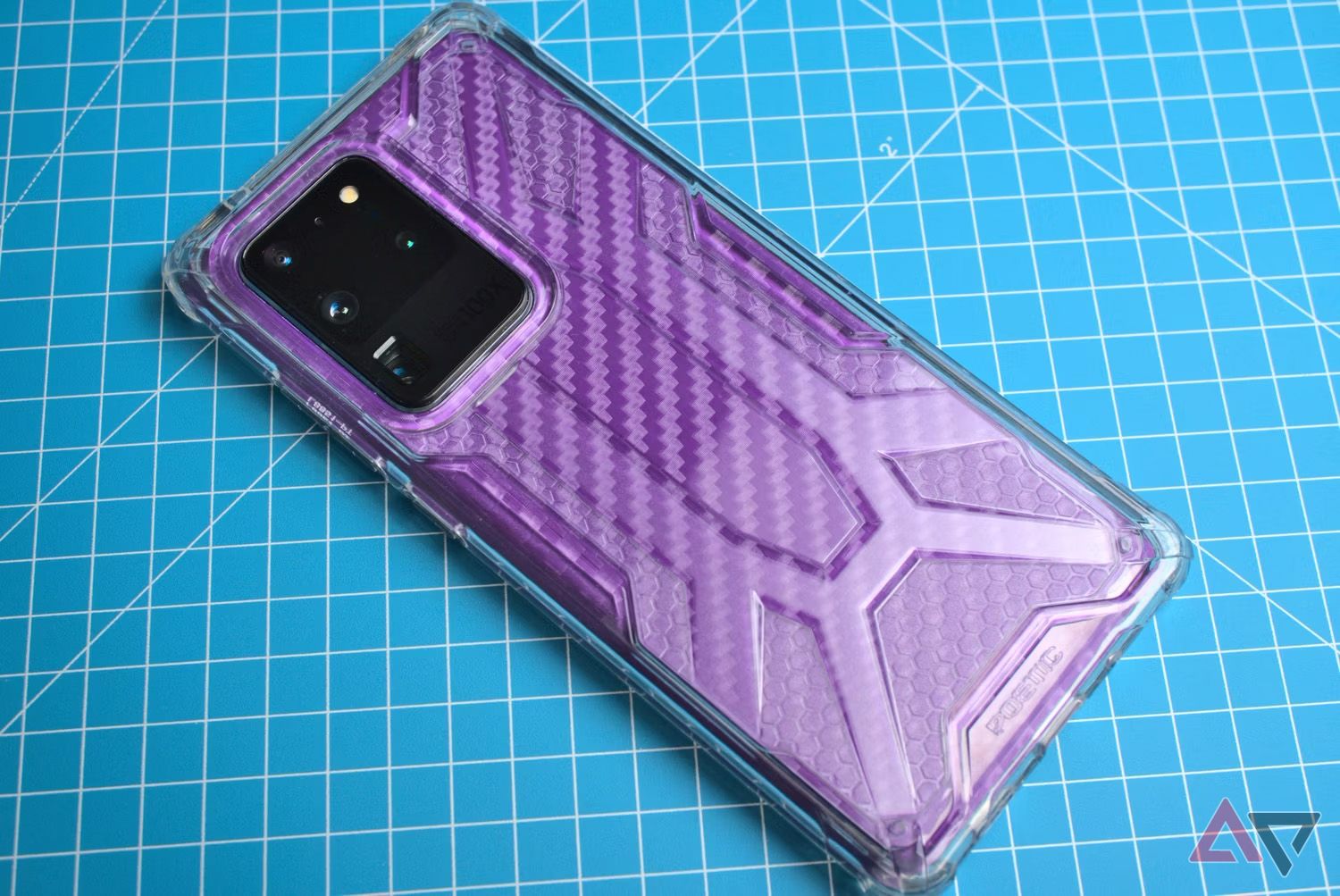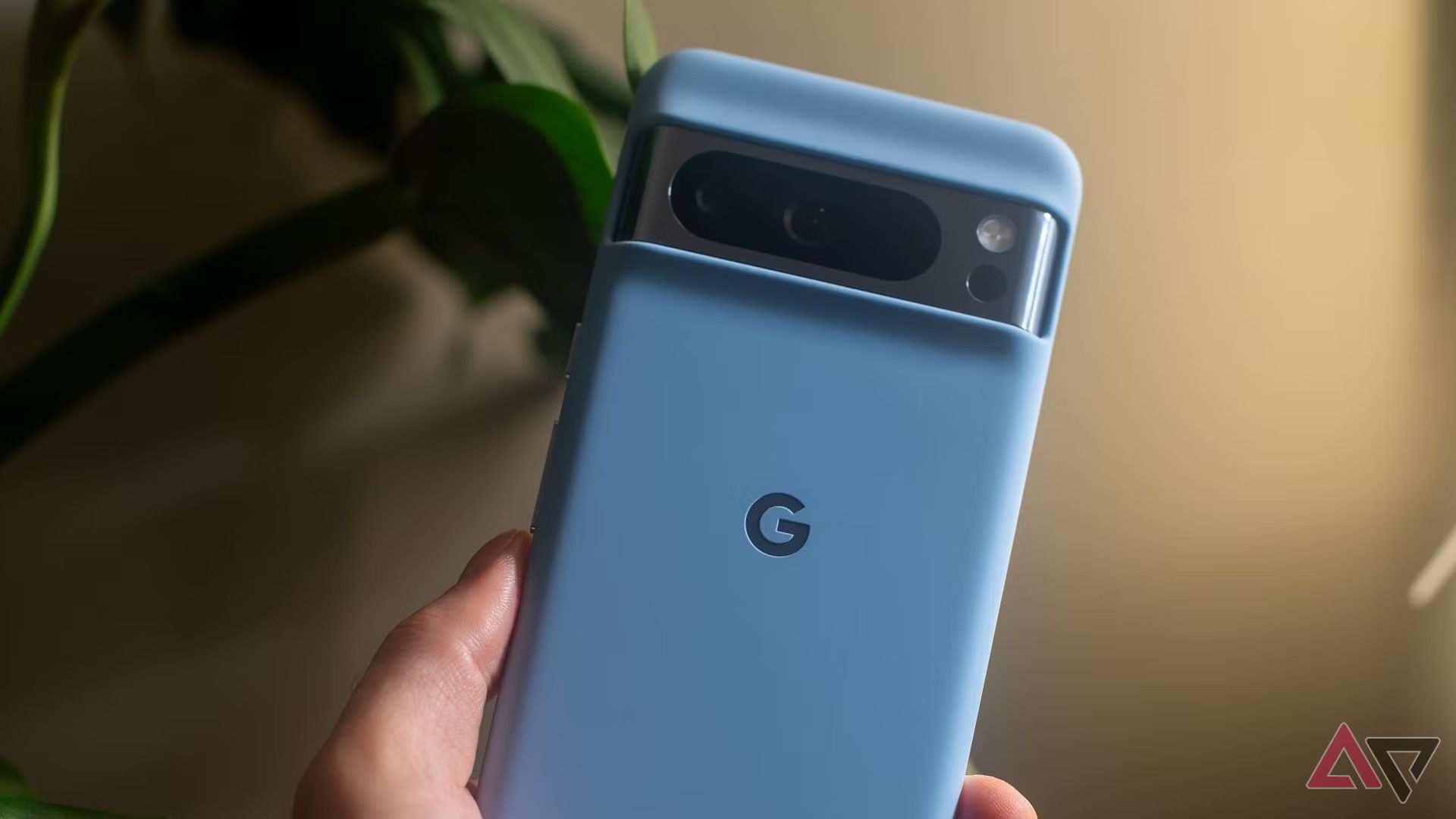Most of us use a phone case. Every year, Gorilla Glass gets stronger, and we’re told our phones are more durable than before, but the truth is that no matter what happens, glass can crack, paint can scratch (or worse), and metal can dent. That’s why the phone case and screen protector business is booming. Competition is good, as is having lots of choices, but it can also be overwhelming. Cases can range from cheap and cheerful to ridiculously expensive. But how much do you really need to spend?
Sometimes all you want from a case is something that’ll make your phone easier to hold and prevent it from getting scratched in a pocket or purse. Other times you want something built like a brick so that it’ll survive a nuclear winter. Does the case need to look good, or will a monolithic black rectangle suffice? All of these variables factor into how much money you’ll have to fork over for your chosen case.
This article was produced in partnership with
Supcase
, but its contents were not shown to the company beforehand. All content is written independently and meets Android Police’s stringent editorial standards.
The design
Material matters
Cases are one of the few ways we can customize our phones. Cases can come in all sorts of colors, textures, or materials. Naturally, these dictate the cost. Although less common now, leather cases will cost more than something made out of the more widely used TPU. Something that’s been popular over the last few years is the use of aramid fiber.
Now, there’s some confusion we should clear up, as a lot of people use the names aramid fiber and carbon fiber interchangeably. While they’re both high-performance synthetic materials that are woven together, they are fundamentally different. Carbon fiber is made of strands of carbon atoms tightly bound and woven together. If you want to see something cool today, check out the looming process used on the Lexus LFA. It’s expensive to produce but is extremely strong while remaining light, so it’s perfect for use in automotive and aerospace applications, but overkill for a phone case.
Aramid fiber is made of a synthetic polymer, and is used to line clothing items like motorcycle jackets. It’s perfect for phone cases, though, because it doesn’t interfere with Wi-Fi, GPS, or cellular signals. It can also be dyed more easily, so while most aramid cases are black, there are exceptions.
Aramid fiber cases are tough, look like carbon fiber — which is fashionable among petrol heads like me — and are very thin. These cases are gorgeous and feel amazing to hold, and they’re perfect if you want something that doesn’t make the phone unwieldy but will protect it from scratches and scuffs. Just don’t expect it to do much in a big drop.
Aramid fiber is expensive, though. My favorite brand is Thinborne. It makes cases for an array of devices, and they always feel sublime, and include Qi2 magnets in a lot of the newer ones. For a Samsung Galaxy S24 Ultra, you’re looking at $70, while an aramid case for a Google Pixel 9 Pro Fold is closer to $100.
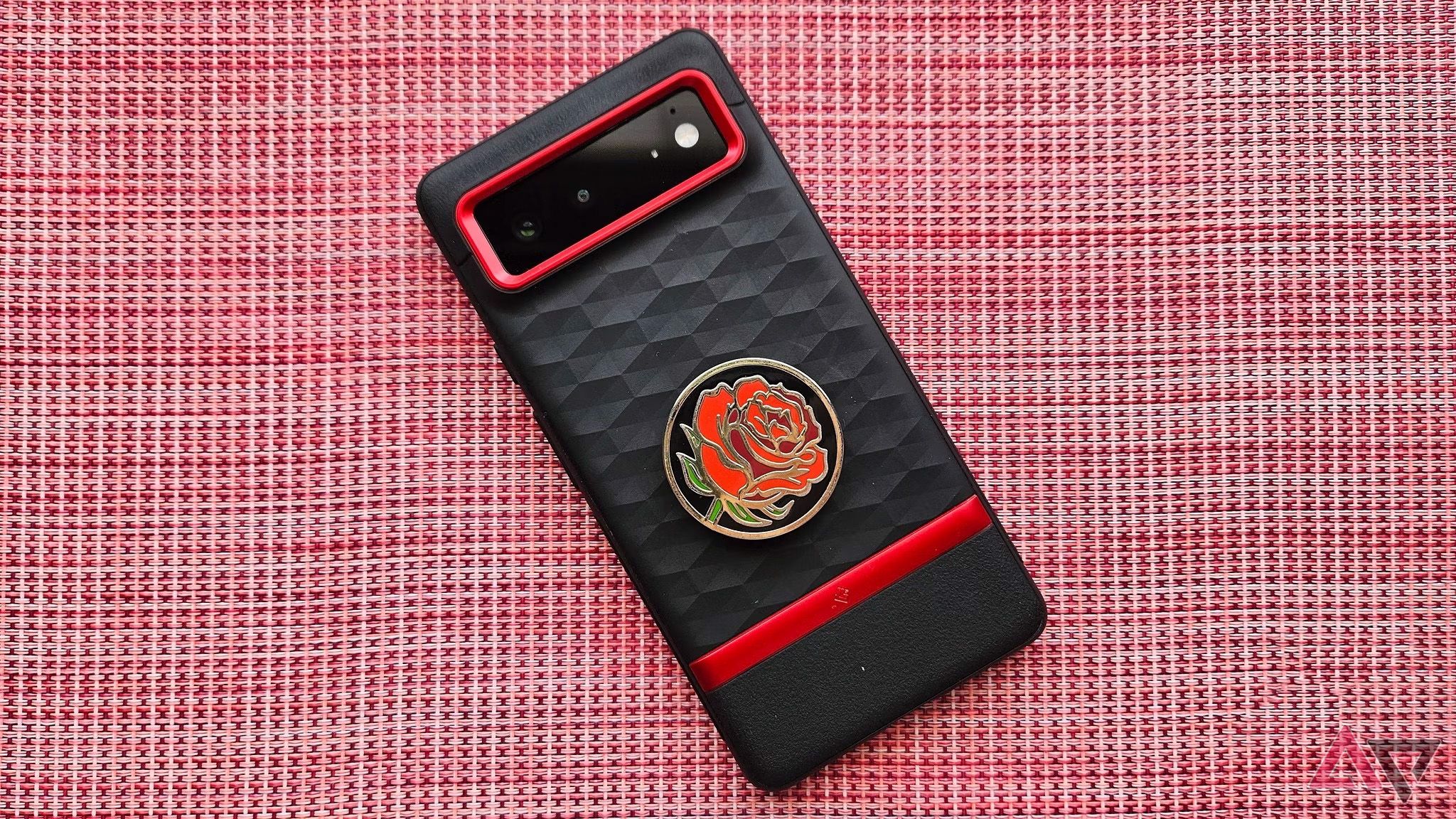
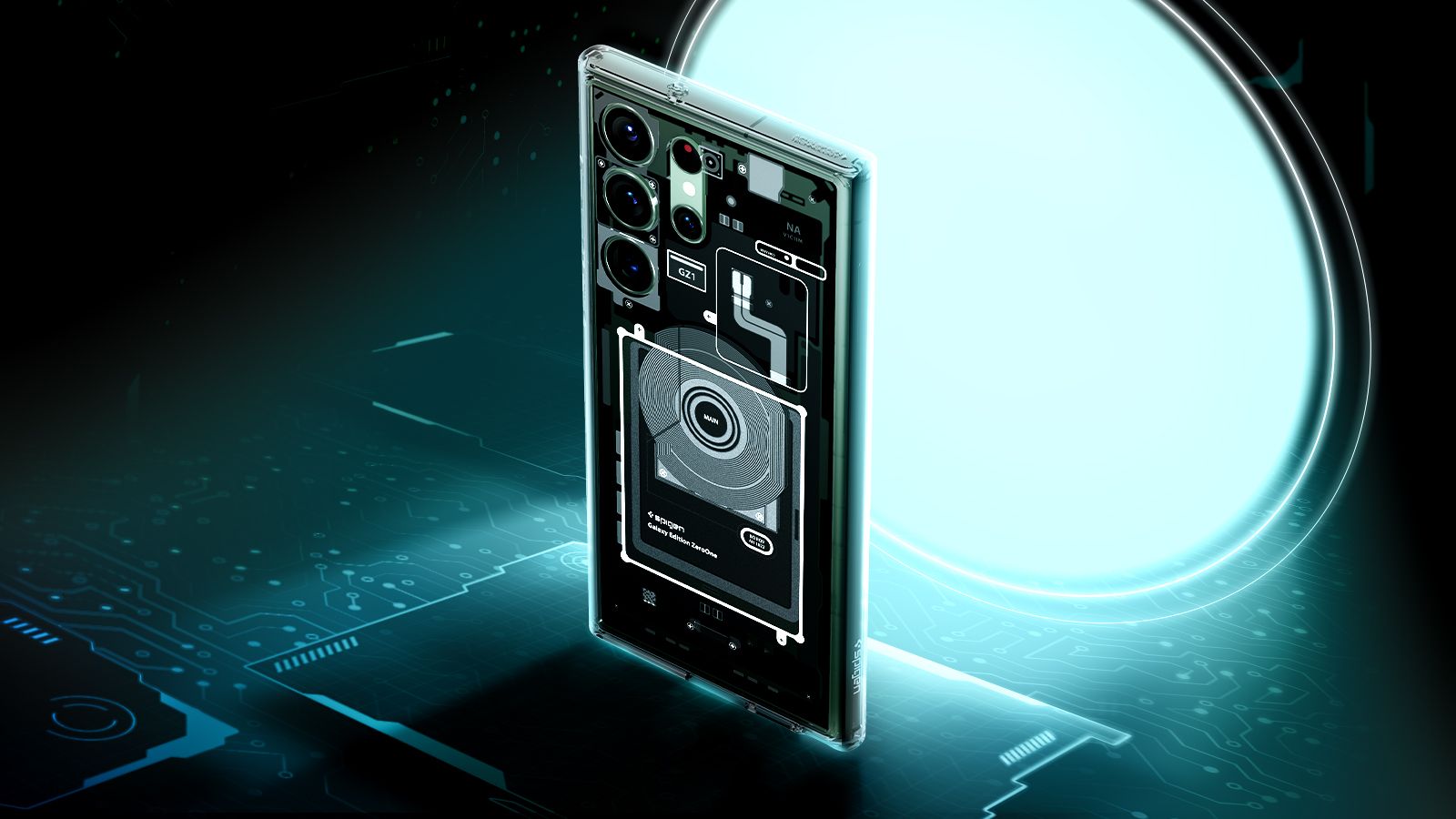
That doesn’t mean you have to buy something super expensive if you want your phone to look good, though. Two of my favorite cases are the Caseology Parallax and the Spigen Ultra Hybrid Zero One. Both of these cases cost around $20, are well-made, look fantastic, and have the added benefit of keeping your phone protected.
Some of us are clumsy, or work in an environment that isn’t friendly to electronics. If that’s the case, then you’ll want something bulkier than can take a beating repeatedly, protects points of ingress like the charging port, and will survive more than one encounter with a rough surface.
It used to be that cases like these, from companies like Supcase, UAG, and Poetic, were expensive. Some still are — Otterbox cases can range from $65 for the Galaxy S24 Ultra to $90 for a Galaxy Z Fold 6. Exceptions aside, though, heavy-duty cases have become more affordable in recent times. A Poetic Guardian is $25 these days. That’s impressive, considering what goes into making them. Most heavy-hitting cases like these are made of multiple parts. A soft TPU layer that surrounds the phone and cushions any impacts, and a hard plastic outer shell that takes the initial brunt of a drop. Add the fact that many of them include charging port covers, excellent kickstands, and even screen protectors, and $25-30 is a bargain.
How cheap is too cheap?
Hope you like yellow
The cases I’ve mentioned so far have likely sounded familiar. Spigen. Poetic, Supcase, Otterbox, and Caseology are all known brands that have been around for years. Amazon has plenty of other choices, though. There are clear cases for the Galaxy S24 Ultra that cost $5 and are often discounted to less than $3 with free shipping. If you need something quick and temporary, these will do fine, but you need to ask yourself what you’re sacrificing. All clear cases will yellow over time, but manufacturers like Spigen have managed to prolong the life of their clear cases, and you can get a lot of use out of them provided you clean them regularly.
Aside from quickly discoloring, these cheap cases won’t protect your phone as you’d expect. Most cases from known brands have been engineered to disburse kinetic energy on impact. They all have different names for this, but it usually involves cushions and air pockets built into the case that absorb and spread the energy from an impact rather than passing it right through to your phone. Any money you save by getting a cheap case you’ll lose when you break your phone. Buy a case that’s been engineered properly. It’ll save your phone and your wallet.
How much should you spend?
Find the middle ground
How much you’re going to spend comes down to the factors we’ve mentioned: design, materials, and engineering. If you want something premium and stylish, like a Thinborne or Pitaka aramid fiber case, then it’ll be expensive, at least $70. Thankfully, you can get cheaper cases that balance all of these criteria. When we review cases here at Android Police, you’ll see Caseology, Spigen, Poetic, Supcase, and others mentioned repeatedly and that’s for good reason. These companies have been around for a long time and their cases have earned their reputation.
So, the minimum amount you should spend is probably in the $20-30 range. That will get you something solid, well-made, and reasonably stylish. There’s nothing wrong with spending more than that on something more unique. I have a fondness for aramid cases despite their price. Keep in mind, too, that the age of your device and whether it’s a foldable will also factor in. You won’t find many discounts on cases for a phone that’s only just been released, and folding phones require the case manufacturer to do a lot of extra engineering.
Source link

